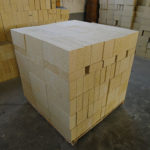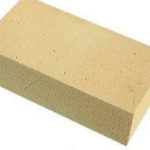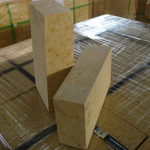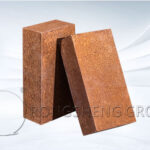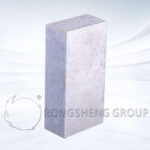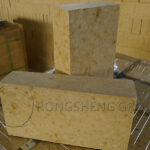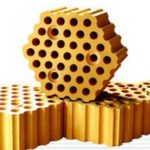Refractory bricks are made of high-temperature-resistant materials, and various industrial kiln equipment is also used in high-temperature industries. So, can the high-temperature resistance of refractory bricks resist the actual working temperature of industrial kilns? Next, refractory manufacturers will take us to understand why refractory bricks are resistant to high temperatures? And why refractory bricks are used for the lining of high-temperature kilns.
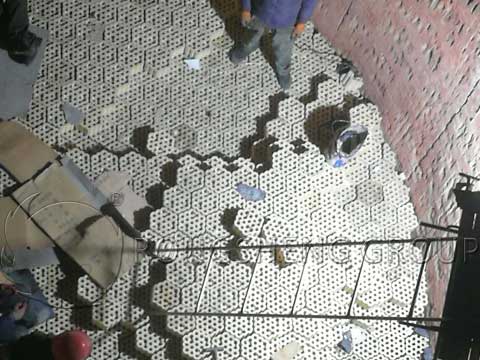
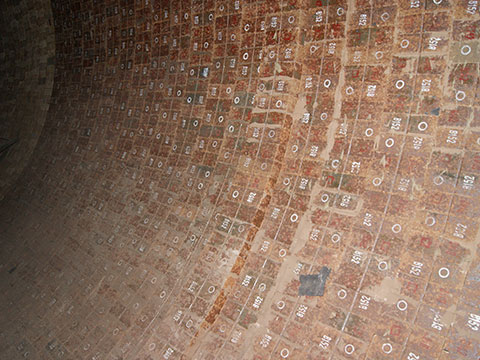
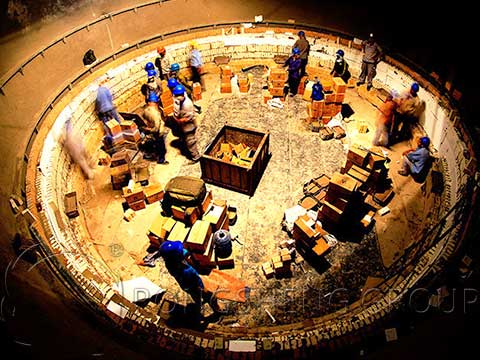
First, analyze the raw materials.
The raw materials used in the production of refractory bricks are generally natural ore. As bauxite, silica, magnesite, and other raw materials are processed into refractory bricks with different properties. Such as aluminum-silicon refractory bricks, silica refractory bricks, and magnesia refractory bricks.
When bauxite is used as the raw material to produce aluminum-silicon refractory bricks, its main components are alumina and hydrated alumina containing impurities. It is an earthy mineral, insoluble in water, but soluble in sulfuric acid and sodium hydroxide solution. It is mainly used for smelting aluminum and making refractory materials. Because the high bauxite clinker has refractoriness as high as 1780℃, it has strong chemical stability and good physical properties. Purification of bauxite at high temperature produces a main crystal phase of corundum with an alumina content of more than 90%, which can produce ultra-high temperature refractory bricks-fused zirconia corundum bricks.
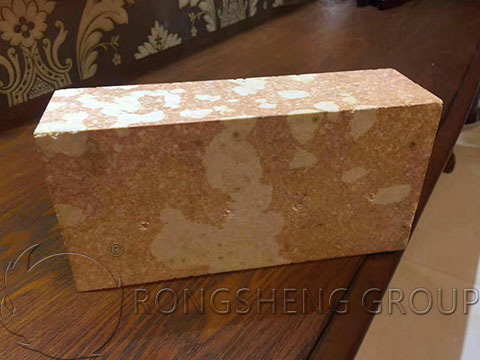
The raw material for making silica refractory bricks is silica, and the main component is SiO2. The higher the SiO2 content, the higher the refractoriness. The most harmful impurities are AL2O3, K2O, Na2o, etc. The production of silica bricks is based on natural silica as raw material, plus an appropriate amount of mineralizer to promote the conversion of quartz in the green body into tridymite. Slowly fired at 1350~1430℃ in a reducing atmosphere. Has high-temperature strength. The softening temperature under load is 1620°C.
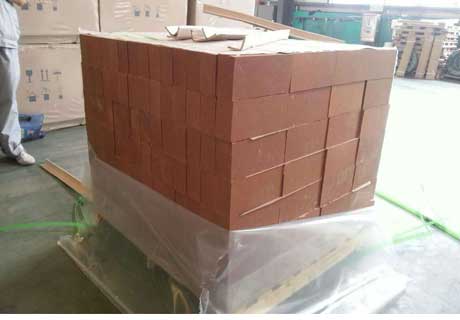
Magnesite is the main raw material for making magnesia refractory bricks, and its basic component is MgO. Magnesium oxide has high fire resistance and insulation properties and can be transformed into crystals after being burned at a high temperature above 1000°C. When it rises to 1500-2000℃, it becomes sintered magnesia, which can then be crushed to a certain size or powder to make magnesia bricks or magnesia ramming materials. Magnesia refractory bricks belong to alkaline refractory bricks, which have strong resistance to alkaline slag but cannot resist the erosion of acid slag. The refractoriness is above 2000°C, but its load softening point is only 1500°C, and thermal shock stability is poor.
Secondly, refractory bricks are inorganic non-metallic materials.
Inorganic non-metallic materials, organic polymer materials, and metallic materials are listed as the three major materials. Ordinary inorganic sub-metallic materials are characterized by high compressive strength, high hardness, high-temperature resistance, and corrosion resistance. In addition, ceramics have excellent properties in corrosion resistance and refractory materials in heat and heat insulation. These are incomparable to metal materials and organic polymer materials. But compared with metal materials, it has low breaking strength and lack of ductility. Compared with organic polymer materials, the density is higher and the manufacturing process is complicated.
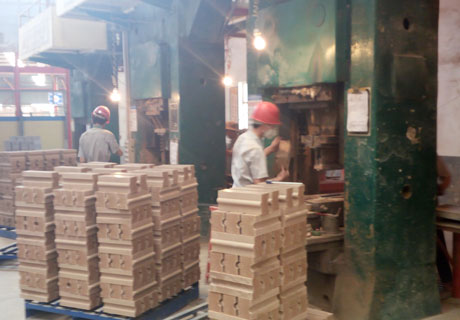
Then, the forming and sintering of refractory bricks.
The production process of refractory bricks is a process of “mineral crushing-raw material mixing-machine forming-high temperature firing”, and finally a product resistant to high temperature is produced. The sintering temperature of the green body in the high-temperature tunnel kiln will be higher than the load softening temperature of the product, and the sintering temperature is generally above 1500°C. The refractoriness is above 1770℃. High-temperature resistance is better. Refractory bricks are mainly used to build the lining of steel-making electric furnaces, glass melting furnaces, cement rotary furnaces, and other kilns.
Finally, the three reasons why refractory bricks can withstand high temperatures mainly rely on.
- ① The raw material minerals used in refractory bricks have high refractoriness.
- ② As an inorganic non-metallic material, the level of raw material determines the level of its use.
- ③ The finished body passes through a high temperature above 1500℃ in the high-temperature tunnel kiln, so the refractory bricks can resist high temperature and are suitable for the lining of high-temperature kilns.
In addition, the temperature used for different refractory brick materials is also different, which is also a major advantage.
There are many classifications of refractory bricks. According to the high-temperature requirements of different industries, the corresponding refractory bricks can be selected according to the temperature requirements.
Ordinary refractory clay bricks are used for refractory masonry in general furnaces. The service temperature of lining material, furnace wall, furnace bottom, flue, etc. is below 1250℃. The combustion chamber is allowed to be used above 1400°C.
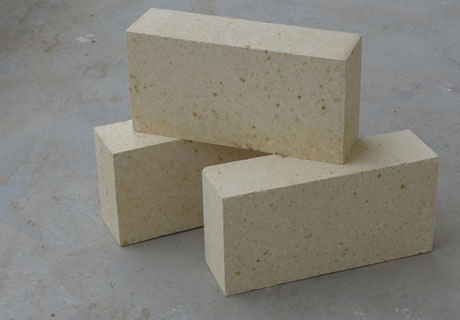
High-alumina bricks are used in areas with high-temperature resistance and wear resistance in general furnaces or masonry with a heavy load, burner bricks, and masonry with special requirements. The dome of the high-temperature zone of the combustion chamber is allowed to be used at a temperature of 1300~1650°C.
Lightweight refractory clay bricks are used as furnace linings that are not corroded by high-temperature slag and corrosive gases. Depending on the capacity, the operating temperature is between 1150~1400°C. For heat-resistant linings whose working temperature is lower than 1350℃. It can also be used for masonry without high-temperature melt erosion and erosion, and it can be in direct contact with the flame.
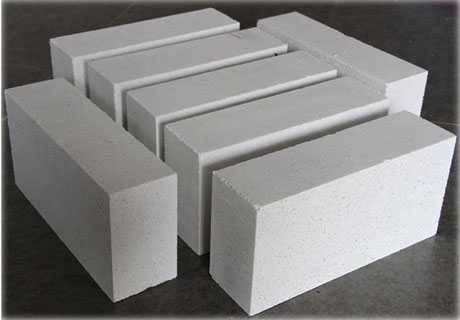
Generally, corundum bricks are suitable for lining the fire surface of heavy oil gasification furnaces with a working pressure below 3MPa, an important part of the lining of salty wastewater incinerators, and radiant burner bricks that work at high temperatures. Generally, the service temperature of corundum brick is below 1600~1670℃.
Lightweight alumina products (such as lightweight corundum bricks) are used for heat-resistant and heat-insulating linings of high-temperature furnaces, and linings corroded by high-temperature and high-pressure water vapor, generally acting on non-fire surface linings. The service temperature of alumina products is below 1400°C.
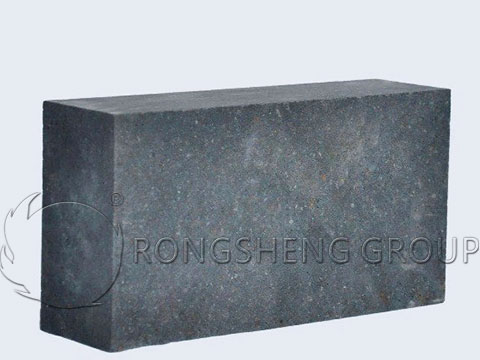
Silicon carbide refractory bricks have good thermal conductivity, good thermal stability, resistance to reducing atmospheres, and high strength. It is often used as a heat-resistant, wear-resistant lining, and where good thermal stability, thermal conductivity, and anti-reduction atmosphere are required. The service temperature of silicon carbide refractory products is below 1400~1600℃.
RS refractory brick sales
Rongsheng is a refractory brick manufacturer with rich experience in production and sales. Rongsheng’s refractory products have been sold to more than 60 countries and regions all over the world, for example, Russia, South Africa, Kazakhstan, Philippines, Chile, Malaysia, Uzbekistan, Indonesia, Vietnam, Kuwait, Turkey, Zambia, Peru, Mexico, Qatar, etc. Our main refractory brick products include high-quality silica bricks, high-quality clay bricks, high-alumina bricks with various properties, corundum bricks, magnesia bricks, carbon bricks (carbon blocks), zirconia bricks, etc. If you need to find a manufacturer of high-quality refractory bricks, please contact us. We will not only provide you with high-quality products and services, but we will also establish a guarantee for customers’ after-sales service. Look forward to working with you.

